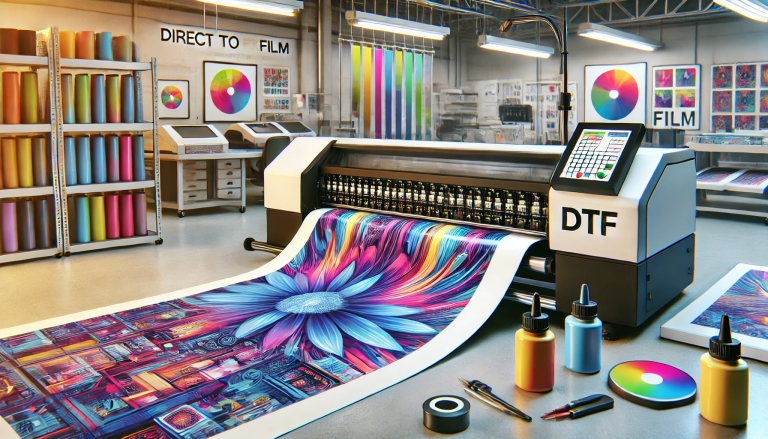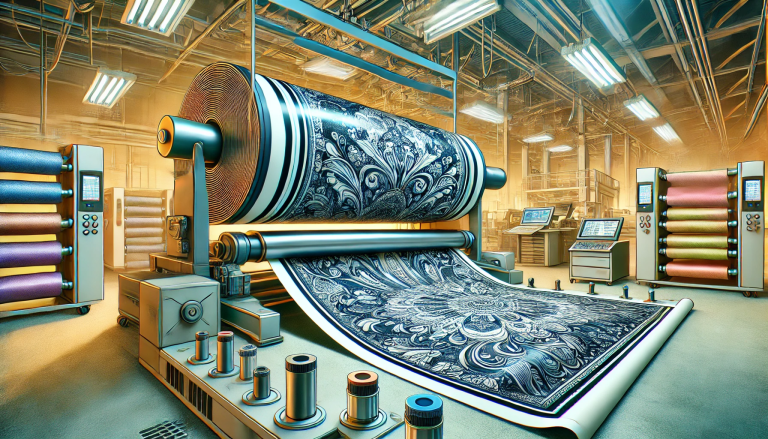“Can you overlay DTF transmission? Deep Dive” -MAXDTF- UV DTF Printing Film Factory, Wholesale UV Transfer Film Stickers, Made in China
Direct to film (DTF) printing is a relatively new technology in the world of digital apparel printing. With the growing popularity of DTF transfers, many creators and designers are exploring innovative ways to use them. One question that is often asked by enthusiasts and professionals alike is: “Can you overlay DTF transmission?” Let’s unravel this query.
What is DTF printing?
Before we dive into layering, it’s important to understand what DTF printing is. DTF stands for Direct-to-Film. This is a process in which designs are printed directly onto a special film, which is then transferred using heat to clothing or a backing. Result? High-quality, bright and durable printing on various fabrics.
Layering Basics
Layering involves layering one transfer on top of another to create depth, multi-color designs, or unique effects. Traditional heat transfer methods typically use layering. For example, when cutting vinyl, you can layer different colored vinyl to create a multi-colored design.
Can you overlay DTF transmission?
In short: Yes, but with some caveats.
Warmth and time. One of the main concerns when applying DTF transfers is the heat and time build-up that the garment is exposed to. Each time a transfer is applied, the product goes through a heat pressing cycle. Too much heat can damage clothing or affect the longevity of the print.
Texture and Feel: Each layer of DTF transfer adds a little texture. If you layer multiple DTF gears, the end result may be a little bulky or heavy to the touch.
Alignment. Ensuring the layers are perfectly aligned is no easy task. Misalignment can lead to unsatisfactory results, especially in complex structures.
Interlayer adhesion. DTF inks and powders adhere well to fabrics, but layering them on top of each other can sometimes lead to problems between layers, such as peeling.
Best practices for layered DTF transfer:
Limit the number of layers: To maintain the comfort of the garment and the integrity of the design, it is best to limit the number of layers. Two is usually doable, but going beyond that can be a push.
Adjust your heat settings: If you’re layering, consider reducing the heat or time slightly with each successive layer to prevent overexposure.
Design wisely: Try to design with layers in mind. This means minimizing overlapping areas and ensuring design elements connect seamlessly.
Test first: Before committing to mass production, always do a test run to see how the layers fit and how they feel on the fabric.
Conclusion:
Multi-level DTF transmission is possible, but requires careful consideration and some finesse. This technique is best used for specific projects where the layered effect is an integral part of the design. With the right approach and attention to detail, DTF layering can enhance your designs and open up new creative possibilities in the world of digital apparel printing.





